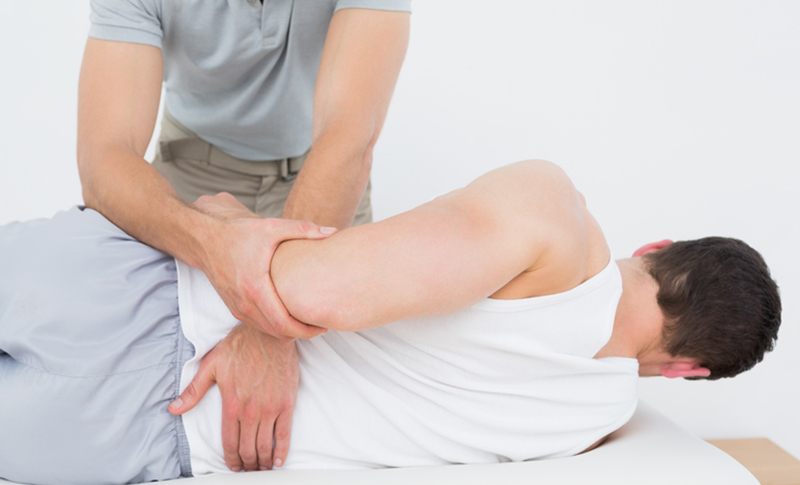Your back is probably one part of your body that doesn’t require much thought – unless it’s hurting. Unfortunately, according to Statistics Canada, four out of five Canadians, or 80 per cent, will experience back pain during their lifetimes.
In all likelihood, back pain will strike between the ages of 30 and 50. Even more disconcerting, in 80 to 90 per cent of cases, it won’t be possible to identify the cause of this pain and the pain is likely to recur.
Standard Back Pain
The spine, muscles and ligaments are the building blocks of your back. It actually should come as no surprise that back pain is nearly universal; after all, the spine is a complex structure, itself comprising both cartilage disks and bone, that allows the body to accomplish a variety of disparate tasks, such as walking, bending and twisting.
Injury to any of these components can result in back pain. Usually, the pain is acute and will eventually subside. However, some people suffer long-term or chronic pain and require ongoing treatment and/or exercise.
The following conditions are common causes for back injury and the resulting pain:
- Obesity
- Improper warm-up before exercise
- Sedentary lifestyle
- Deformities
- Degenerative diseases, such as osteoarthritis
- Poor posture
- Weak abdominal muscles

If you assume that your back pain will simply go away, you may cause additional damage. Your first reaction may be bed rest, but that can lead to stiffness and make movement more challenging.
How to Treat Back Pain
When you first experience back pain, it’s important to treat yourself gently. Most back pain is related to muscle strain and will ease within a few days. Take these initial measures to aid recovery:
- Easy does it. Ease up on your activities and refrain from putting extra pressure on your back.
- Chill out, then heat things up. Ice your back for the first 48 hours after the injury makes itself known. The cold initially slows swelling and inflammation while numbing the pain. After 48 hours, however, it’s important to get blood flowing into the area to promote healing and relax spasms.
- Over-the-counter help. Unless you are taking prescription drugs that would interfere, use an over-the-counter medication to relieve pain and promote healing. Non-steroidal anti-inflammatory (NSAID) drugs are effective for pain relief and reduction of inflammation, but they are only intended for short-term use. Don’t continue to rely on them for more than a week. If NSAIDs aren’t permitted, try acetaminophen, although be aware of its potential side effects.
- Rub-a-dub-dub. Take advantage of a gentle massage by your partner to help stretch tight ligaments and muscles, which, in turn, may offer some relief.
- Keep moving. Restrict your activities, but don’t stop moving altogether. Motion is more effective than bed rest in treating basic back pain.

If your pain persists, it’s time to check in with a healthcare professional. In fact, it may be worth considering preventive measures before back pain strikes unexpectedly. Your family physician may refer you to a physiotherapist who can provide a course of rehabilitation or preventive exercises.
Good Back Health
Meanwhile, lend yourself a helping hand by following these tips to good back health as you move through the day:
Sitting
- Don’t stay seated for more than 10-15 minutes t a time. Get up and stretch or walk around.
- Sit in a high back chair with arm supports to prevent you from rounding your spine.
- To rise, move to the front of your chair and straighten your legs, rather than bending at the waist.
- Don’t lean over your work or hunch your back. Adjust your workstation accordingly.
Standing
- Stand properly with your shoulders straight, chest forward, head up and hips tucked in. Balance your weight evenly on both feet.
- Avoid standing in the same position for too long.
Even if you experience back pain, it can be addressed and managed. Don’t ignore it.
